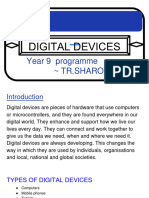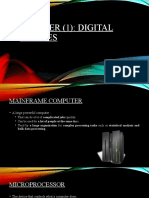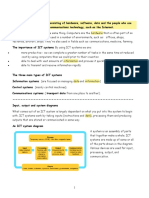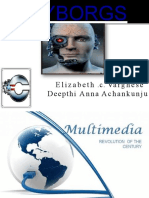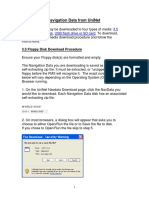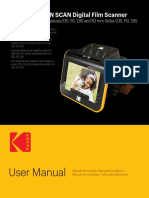0% found this document useful (0 votes)
31 views13 pagesIntroduction To Digital Media
Digital media encompasses any media that can be digitized and distributed electronically, including text, images, videos, and more. It offers advantages like fast updates and eco-friendliness, but also presents challenges such as misinformation and privacy issues. The document outlines the characteristics, hardware and software components, storage devices, and notable platforms associated with digital media.
Uploaded by
uttamjha420Copyright
© © All Rights Reserved
We take content rights seriously. If you suspect this is your content, claim it here.
Available Formats
Download as DOCX, PDF, TXT or read online on Scribd
0% found this document useful (0 votes)
31 views13 pagesIntroduction To Digital Media
Digital media encompasses any media that can be digitized and distributed electronically, including text, images, videos, and more. It offers advantages like fast updates and eco-friendliness, but also presents challenges such as misinformation and privacy issues. The document outlines the characteristics, hardware and software components, storage devices, and notable platforms associated with digital media.
Uploaded by
uttamjha420Copyright
© © All Rights Reserved
We take content rights seriously. If you suspect this is your content, claim it here.
Available Formats
Download as DOCX, PDF, TXT or read online on Scribd
/ 13









